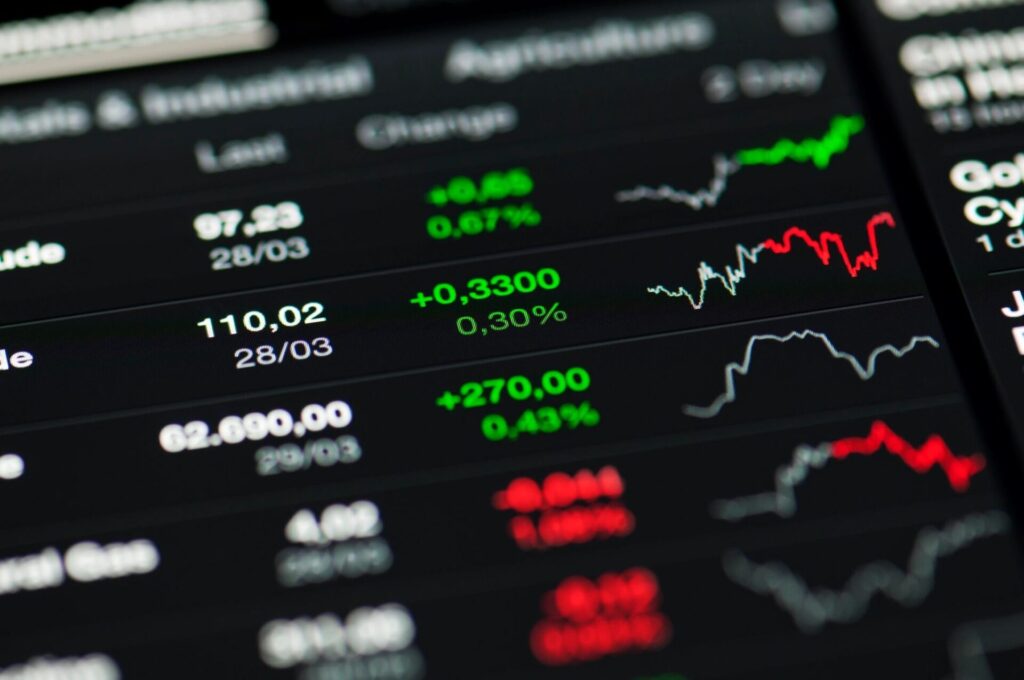At Heisler Capital, we embrace volatility not as a threat—but as a signal. Where many see turbulence in the market as a reason to step back, we lean in, guided by a clear strategy and a long-term mindset. Volatility, when understood and strategically engaged with, can be a powerful tool for value-driven investors.
In this blog, we explore how market volatility functions, why it matters, and how our investment philosophy turns uncertainty into advantage.
What Is Market Volatility?
Volatility refers to the degree of price movement within financial markets over a given period of time. It’s the reason markets can swing from optimism to fear in a single trading session. Volatility is often measured by metrics like standard deviation or the VIX (CBOE Volatility Index), which reflects investor expectations of short-term market turbulence.
There are two key types:
-
Historical volatility, which looks backward at how much an asset has fluctuated in the past.
-
Implied volatility, which reflects market expectations of future movement, often derived from options pricing.
Volatility isn’t inherently good or bad. It simply reflects uncertainty—and with uncertainty comes opportunity.
What Causes Volatility?
Markets are constantly adjusting to new information. These adjustments can cause sudden spikes or drops in prices. Some common drivers of volatility include:
-
Economic Data: Employment reports, inflation numbers, and GDP growth can move markets in real time.
-
Interest Rate Policy: Central bank actions, especially from the Federal Reserve, often cause volatility due to their broad impact on liquidity and risk appetite.
-
Geopolitical Events: Wars, elections, trade tensions, and diplomatic shifts introduce uncertainty that can rattle global markets.
-
Earnings Surprises: Company-specific news—positive or negative—can lead to rapid repricing.
-
Investor Behavior: Emotional responses like fear and greed often exacerbate price swings, especially during periods of market stress.
Ultimately, volatility is a sign that the market is recalibrating—and that recalibration creates windows for strategic investors to act.
Understanding Market Swings: Real Examples
Take March 2020, for example. As the COVID-19 pandemic began spreading globally, the S&P 500 dropped nearly 34% in a matter of weeks. Investors panicked. But just five months later, markets had not only recovered—they were posting new highs. For those with the conviction to buy quality assets during the dip, it was a generational opportunity.
In 2022, the Federal Reserve’s aggressive interest rate hikes triggered a sharp selloff across equities and bonds. Growth stocks, in particular, saw outsized losses, with the NASDAQ falling over 30%. Yet many companies with strong fundamentals became deeply undervalued in the process—creating fertile ground for long-term investors.
In 2023, regional bank failures sparked fears of contagion across the financial sector. Markets swung rapidly, but those who differentiated between healthy and distressed institutions found targeted opportunities.
Even in early 2024, a mix of hot inflation prints and geopolitical uncertainty led to brief corrections—followed by swift recoveries as investor sentiment shifted again. Volatility, as always, remained a constant force in motion.
The Heisler Capital Approach to Volatility
At Heisler Capital, volatility is not just something we weather—it’s something we strategically plan around.
We build our portfolios with downside protection in mind. Our use of optionality, deep value screens, and rigorous risk analysis allows us to take advantage of dislocation without exposing clients to undue risk. This includes identifying sectors or companies that are unfairly punished during broad market sell-offs and entering at prices that reflect long-term value, not temporary panic.
Our approach is rooted in patience. We don’t react emotionally to market noise. Instead, we rely on process, research, and an active management style that adapts as conditions evolve.
Why Volatility Creates Opportunity
Most investors are conditioned to fear volatility. But we see it differently. Volatility often leads to irrational decision-making, mispricing, and short-term dislocations—creating a fertile environment for value-focused strategies.
Key opportunities that arise during volatile periods:
-
Forced Selling: Panic-driven investors exit positions at any price, allowing disciplined buyers to step in.
-
Price Discovery: Markets overshoot both on the upside and downside, which allows for arbitrage opportunities.
-
Risk Premium Expansion: Higher uncertainty often means greater expected returns for those willing to take calculated risks.
In short: volatility shakes the market’s confidence—but it also reveals its inefficiencies.
Staying Measured in a Reactive World
In a financial landscape where news cycles move faster than fundamentals, it’s easy to be pulled into reactionary behavior. But market volatility doesn’t reward emotion—it rewards clarity and conviction.
We believe that true value is revealed not when everything is stable, but when the dust is still in the air. By staying grounded in fundamentals and embracing the opportunities that volatility presents, we help our clients position for the long term—through every phase of the market.
Volatility isn’t going away. But with the right strategy, it doesn’t have to be feared. It can be used.



